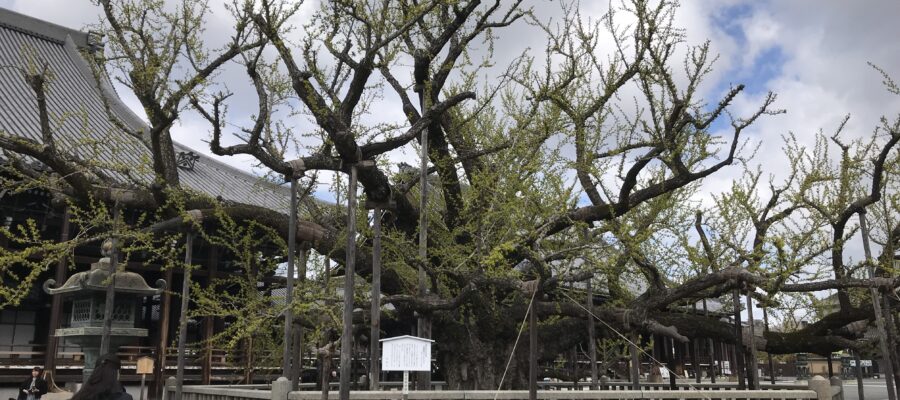信者として初めて訪れた西本願寺
本願寺は各地にありますが、やはり京都の本願寺は一度お参りしておきたいと思っていました。実家の仏壇をお参りすることが、あまりない仏教徒ですが、お参りに来てくれるお坊さんのお寺は西本願寺に連なるそうです。京都に来た際に、京都駅から歩いて西本願寺に向かいました。
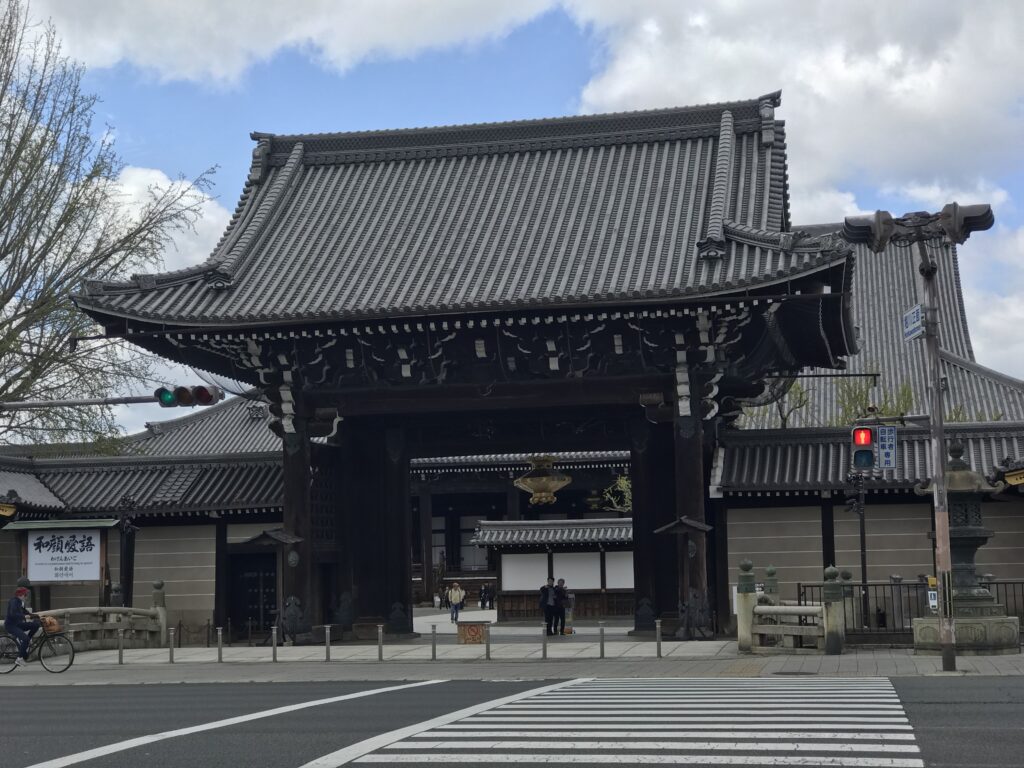
御影堂門から入りましたところ、目の前に大きな建物が2つ並んでいます。その前には大きな銀杏の木があり、本願寺のイチョウと呼ばれる有名な木だそうです。イチョウというのは水分を多く含んでいるので、江戸時代にあった大火の際も、焼け落ちずに現代まで残っているらしいのです。
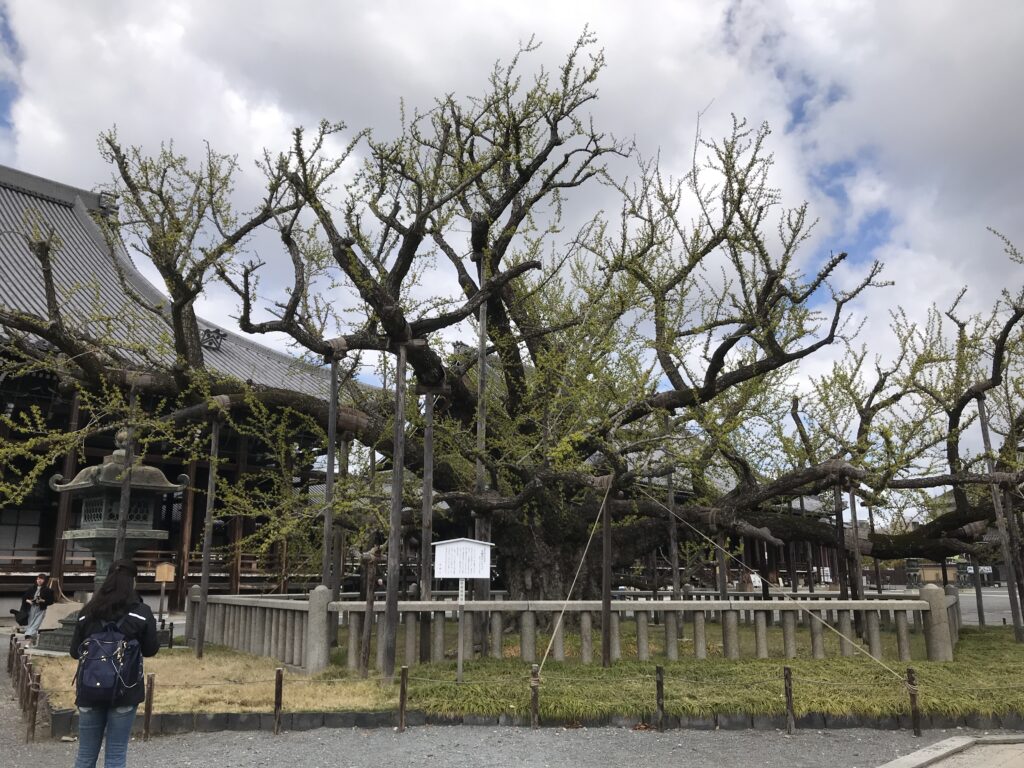
国宝の二つの巨大な建物
さて、目の前の2つの建物に話を戻しますが、2つとも国宝です。向かって左側が、親鸞聖人の木造が安置されている御影堂、右側に阿弥陀如来像が安置されている阿弥陀堂です。この2つの建物、再建の時期が100年以上離れているのですが、形がよく似ているので、混じ下で撮影した写真が、どちらの建物なのか判別がつかないです。
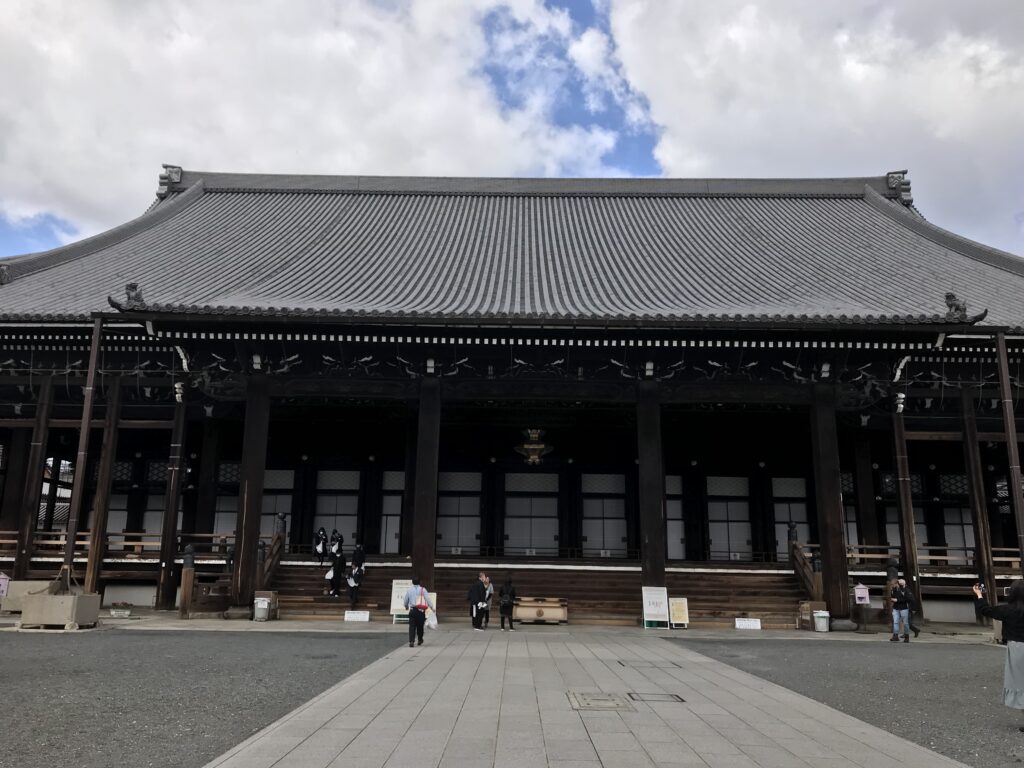
御影堂から建物に上って、親鸞聖人の御真影にお参りしました。建物の中に入ると、その大きさがよくわかります。1200名以上が一度に参拝可能だそうです。2つの建物は渡り廊下でつながっていますが、この木製の渡り廊下も大きくて立派です。思わず写真を撮ってしまいました。
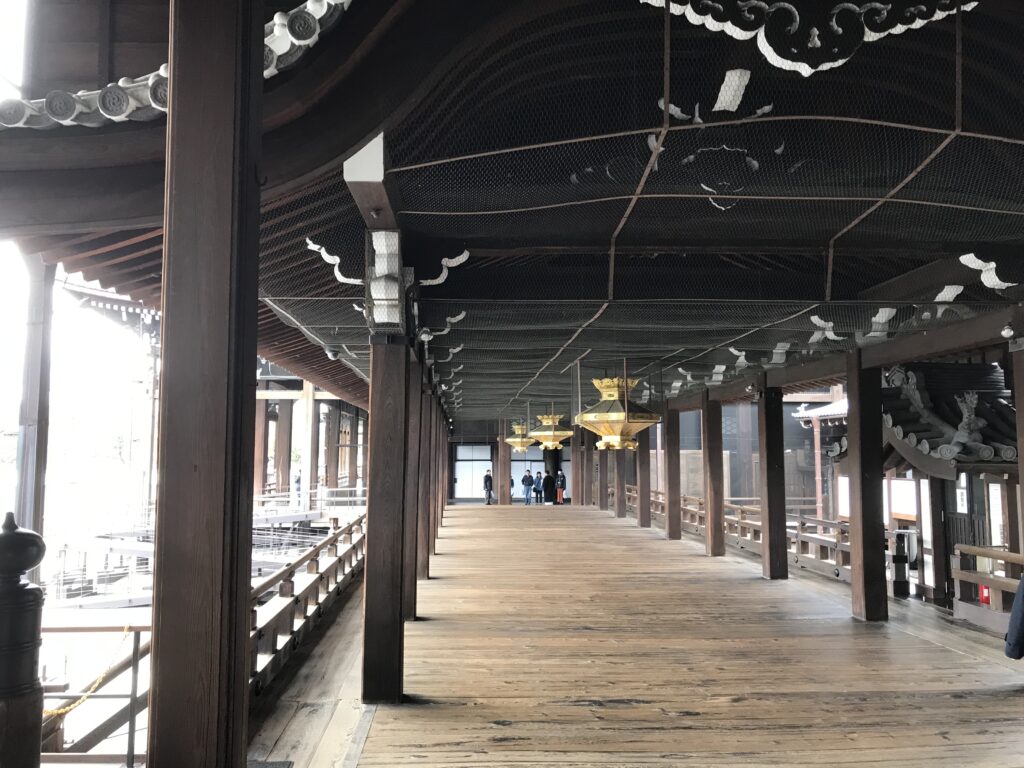
唐門も見たかった!
今回の訪問で残念だったのは、桃山時代の伏見城の遺構ともいわれる国宝の唐門が修理中で見ることができませんでした。代わりに、小ぶりな阿弥陀堂門を写真に収めてきました。次回は、唐門と飛雲閣を是非とも見てみたいと思います。ちなみに本願寺では御朱印はありません。阿弥陀如来の本願を信じ、念仏の教えに帰依することを大事にされているので、余計なことはしない姿勢のあらわれかもしれません。(完)
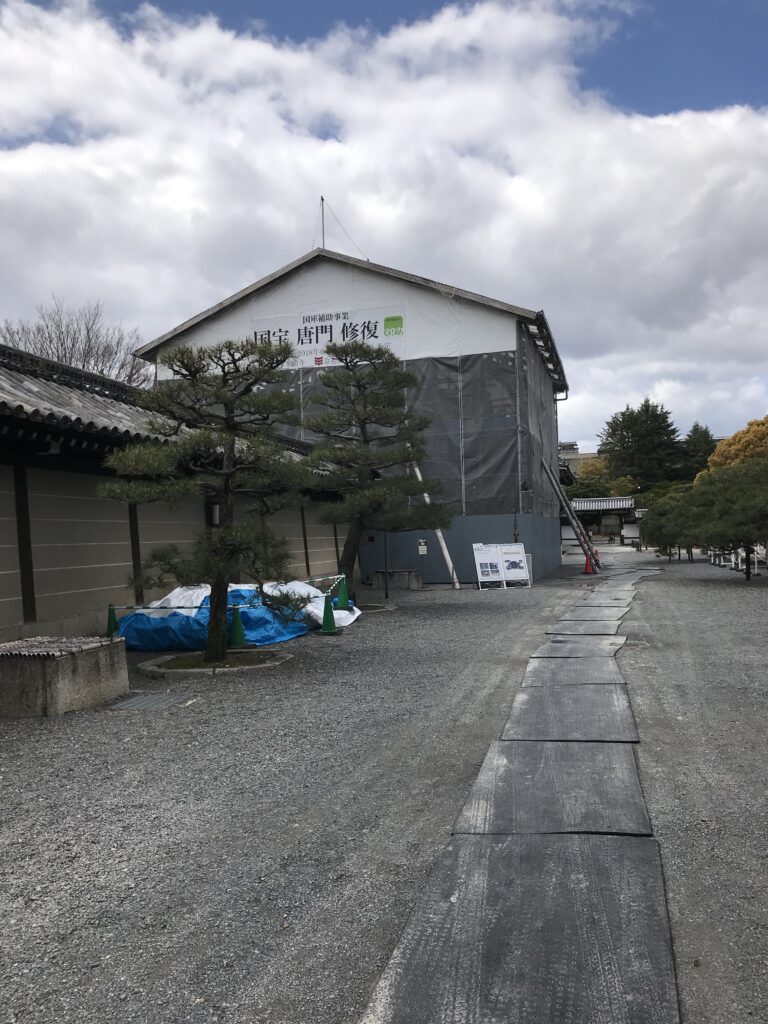
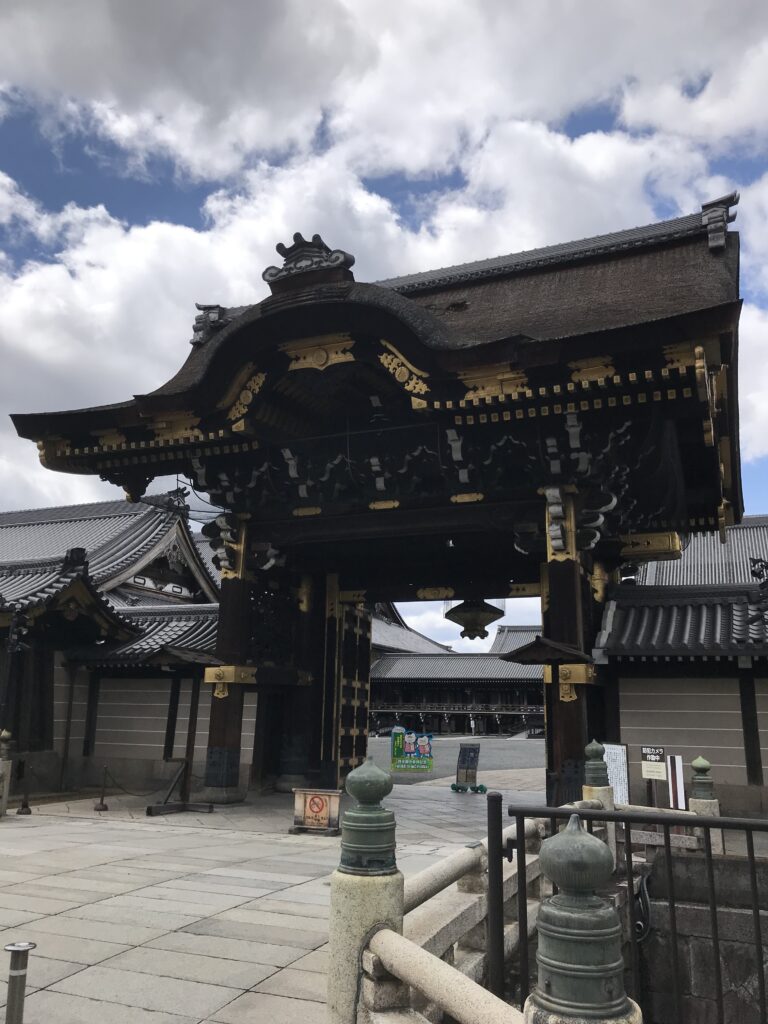
西本願寺が紹介されている書籍
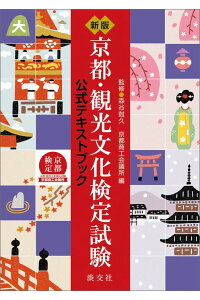
新版 京都・観光文化 検定試験 公式テキストブック 公式テキストブック [ 京都商工会議所 ]
価格:2,420円
(2021/9/11 14:06時点)
感想(5件)
Nishi Honganji Temple
There are Honganji temples all over the country, but I knew I wanted to visit the Honganji temple in Kyoto at least once. I am a Buddhist who does not often visit my parents’ Buddhist temple, but I heard that the temple of the monk who comes to visit me is linked to Nishi Honganji Temple. When I came to Kyoto, I walked from Kyoto Station to Nishi Honganji Temple.
As I entered from the Mieido Gate, I saw two large buildings in front of me. In front of them is a large gingko tree, which is a famous ginkgo tree called “Honganji no Ginkgo” (Ginkgo biloba). The ginkgo tree is said to have survived the great fire of the Edo period (1603-1867) without being burnt down, because it contains a lot of water.
Now, back to the two buildings in front of us, both of which are national treasures. On the left is the Mieido, where a wooden statue of Shinran Shonin is enshrined, and on the right is the Amida Hall, where a statue of Amida Nyorai is enshrined. The two buildings were rebuilt more than 100 years apart, but they are so similar in shape that it is difficult to tell which building is which in the photo taken under the mixture.
From the Mieido, I went up to the building to visit the Omiei of Shinran Shonin. The two buildings are connected by a corridor, and this wooden corridor is also large and magnificent. I couldn’t help but take a picture of it.
Unfortunately, the Karamon Gate, a national treasure said to be a remnant of Fushimi Castle in the Momoyama Period, was undergoing repairs and could not be seen during my visit. Instead, I took pictures of the smaller Amidadomon gate. Next time, I would definitely like to see Karamon Gate and Hiunkaku. By the way, there is no red seal at Honganji. This may be an indication of the temple’s attitude of not doing anything unnecessary, as it places importance on believing in the true desire of the Amida Buddha and taking refuge in the teachings of the Nembutsu. (End)
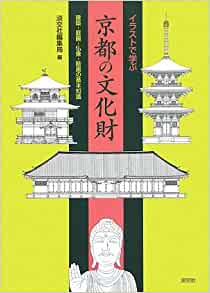
イラストで学ぶ京都の文化財 建築・庭園・仏像・絵画の基本知識 [ 淡交社 ]
価格:1,980円
(2021/9/4 10:19時点)
感想(0件)
Temple Nishi Honganji
Il y a des temples Honganji dans tout le pays, mais je savais que je voulais visiter le temple Honganji de Kyoto au moins une fois. Je suis un bouddhiste qui ne visite pas souvent le temple bouddhiste de mes parents, mais j’ai entendu dire que le temple du moine qui vient me rendre visite est lié au temple Nishi Honganji. Lorsque je suis arrivé à Kyoto, j’ai marché de la gare de Kyoto jusqu’au temple Nishi Honganji.
En entrant par la porte Mieido, j’ai vu deux grands bâtiments devant moi. Devant eux, il y a un grand ginkgo, qui est un célèbre ginkgo appelé “Honganji no Ginkgo” (Ginkgo biloba). On dit que le ginkgo a survécu au grand incendie de la période Edo (1603-1867) sans être brûlé, car il contient beaucoup d’eau.
Revenons maintenant aux deux bâtiments devant nous, qui sont tous deux des trésors nationaux. À gauche, le Mieido, où est enchâssée une statue en bois de Shinran Shonin, et à droite, le Hall Amida, où est enchâssée une statue d’Amida Nyorai. Les deux bâtiments ont été reconstruits à plus de 100 ans d’intervalle, mais leur forme est si similaire qu’il est difficile de distinguer le bâtiment sur la photo prise sous le mélange.
Du Mieido, je suis monté dans le bâtiment pour visiter l’Omiei de Shinran Shonin. Les deux bâtiments sont reliés par un couloir, et ce couloir en bois est également grand et magnifique. Je n’ai pas pu m’empêcher de le prendre en photo.
Malheureusement, la porte Karamon, un trésor national qui serait un vestige du château de Fushimi de la période Momoyama, était en cours de réparation et n’a pas pu être vue lors de ma visite. J’ai préféré prendre des photos de la porte Amidadomon, plus petite. La prochaine fois, j’aimerais vraiment voir la porte Karamon et Hiunkaku. À propos, il n’y a pas de sceau rouge à Honganji. Cela peut être une indication de l’attitude du temple de ne rien faire d’inutile, car il accorde de l’importance à la croyance dans le véritable désir du Bouddha Amida et à la prise de refuge dans les enseignements du Nembutsu. (Fin)
